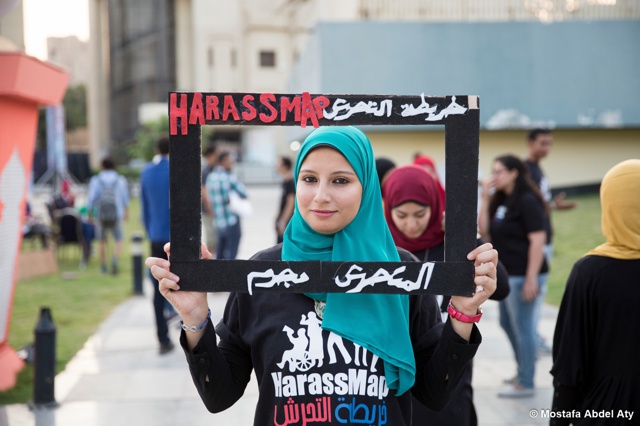Designing Peace
https://www-6.collection.cooperhewitt.org/objects/2318806184/
- Designed by Ecopeace Middle East
- Peace Park Multi-Layer Model: Courtesy of EcoPeace Middle East & Yale Urban Design Workshop / Yale School of Architecture
Jordan, Israel The Jordan River Peace Park is a proposed 2,000-acre park that spans a culturally, historically, and ecologically significant area of land in the river valley shared by Jordan and Israel. With the aim of encouraging cross- border cooperation in an effort to protect an ailing common resource—the polluted Jordan River and its surroundings—design concepts were developed jointly between a peacebuilding organization, university design teams, and local communities. These site-specific concepts incorporate historic structures, ancient ruins, and rehabilitated landscape elements that offer sanctuary to migrating birds, protect threatened habitats, and strengthen the region's economy by attracting new visitors.














































